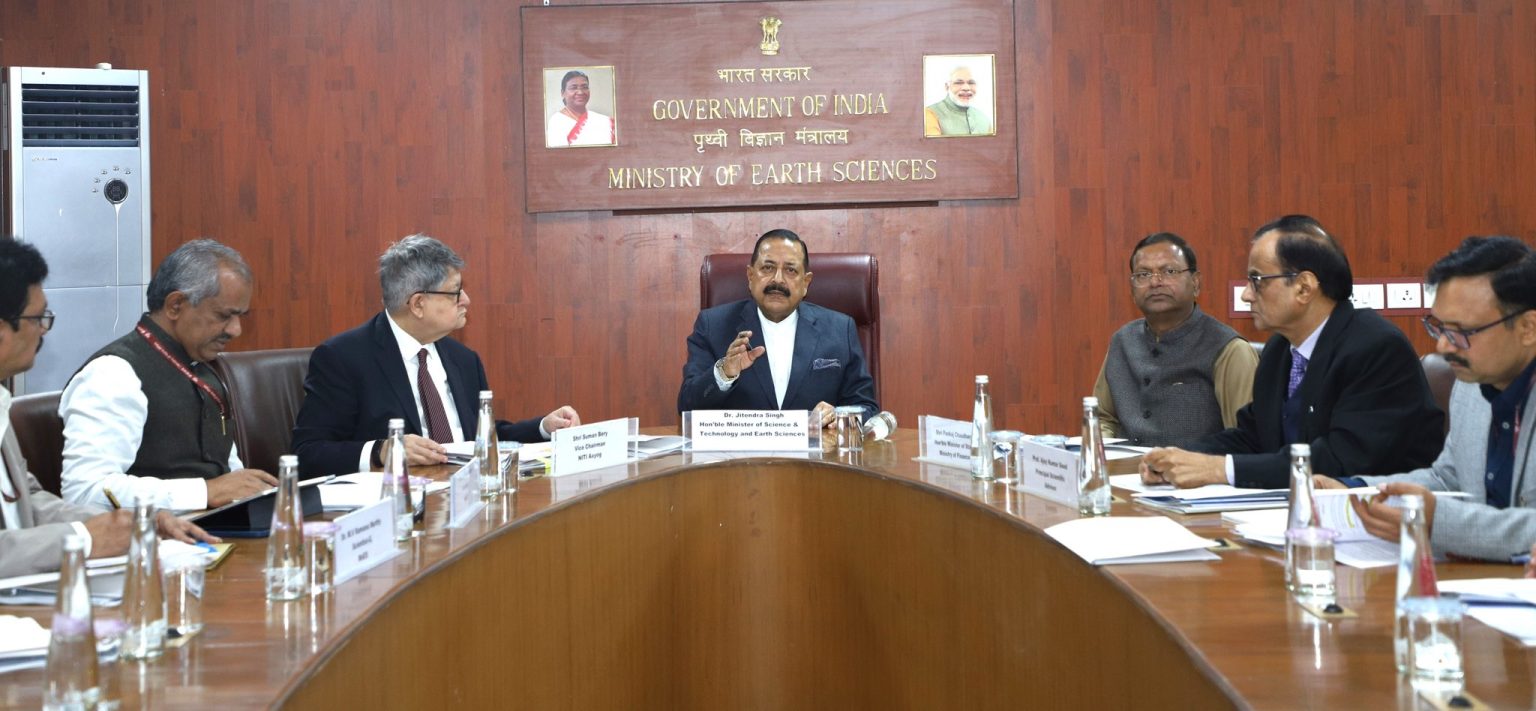India’s Deep Ocean Mission

- 24 Jan 2025
In News:
India is set to deploy its first human-operated deep-sea submersible as part of the Deep Ocean Mission (DOM), marking a significant leap in the country’s marine research and technological capability.
Key Highlights:
- Submersible Deployment (2024):
- India will operate its first human submersible at a depth of 500 meters this year.
- The goal is to reach a depth of 6,000 meters by 2025.
- The project aligns with the timelines of Gaganyaan, India’s first human space mission—showcasing parallel progress in marine and space technology.
- Indigenous Technology:
- The mission is powered by 100% indigenous technology, underlining India’s growing self-reliance in high-end scientific infrastructure.
About Deep Ocean Mission (DOM):
- Launched: 2021
- Nodal Ministry: Ministry of Earth Sciences (MoES)
- Budget: ?4,077 crore over five years
- Framework: One of nine key missions under PM-STIAC (Prime Minister’s Science, Technology, and Innovation Advisory Council)
Core Objectives:
- Develop deep-sea technologies, including a manned submersible for ocean exploration.
- Explore and harness ocean resources such as: Polymetallic nodules, Hydrothermal sulphides & Rare earth metals
- Study marine biodiversity for sustainable fisheries and conservation.
- Support India’s blue economy through innovation and research.
- Monitor ocean climate change and develop advisory services.
- Promote marine biology and biotechnology via dedicated marine research stations.
- Harvest renewable energy and freshwater from ocean sources.
Key Components and Technologies:
Matsya6000 Submersible:
- India’s first manned deep-sea vehicle.
- Designed to reach 6,000 meters depth.
- Crew Capacity: Three members
- Developed by: National Institute of Ocean Technology (NIOT), Chennai
- Structure: Made of titanium alloy, withstanding 6,000 bar pressure
- Equipped with: Scientific sensors, tools for sampling, viewports, propellers, and acoustic communication systems.
- Combines capabilities of ROVs (Remotely Operated Vehicles) and AUVs (Autonomous Underwater Vehicles).
Varaha Deep-Ocean Mining System:
- Developed by NIOT
- Successfully conducted trials at 5,270 meters
- Key to India’s future in deep-sea mining of critical minerals
Strategic Importance:
- Scientific Advancement: DOM places India among a select group of nations (USA, Russia, China, France, Japan) with human-crewed deep-ocean exploration capacity.
- Economic Potential: Unlocks access to underwater mineral wealth, critical for electronics, defense, and energy sectors.
- Environmental Sustainability: Supports marine biodiversity conservation and promotes sustainable use of oceanic resources.
- Geopolitical Significance: Enhances India’s presence and influence in the Indian Ocean Region (IOR).
- Technological Leap: Strengthens India’s capabilities in underwater robotics, materials engineering, and ocean sciences.
